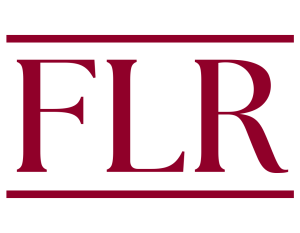Entry into the patent system is guarded by an examination process to screen out applications that impose undue costs on the public without commensurate benefit. To do this, patent examiners rely heavily on various pieces of information—both provided by the patent applicant and independently discovered by the examiner—to assess whether an application should be granted. This Article shows that there are few mechanisms at the U.S. Patent and Trademark Office for questioning the veracity of this information, even though it may be incorrect. Rather, patent examination often assumes that existence of information equals accuracy of information. Consequently, examiners may rely on information that is wrong and many decisions about patent grant may also be wrong.
While it is well known that patent examiners make frequent errors, the existing scholarship is almost entirely about what this Article terms “matching errors” (where examiners do not find information that actually exists), when “digging errors” (where examiners find information but the information is wrong) may in fact be more common. Digging errors have serious harms: nuisance suits, decreased incentives for research, and slowed technological development. The matching-digging framework introduced by this Article not only reveals new errors, it also makes the case that existing
policy tools to address examination errors will not prevent or resolve these errors. Existing policy tools require that errors be visible to the public, which is currently true for matching errors but is not for digging errors. Solutions to digging errors should therefore be information forcing to
remedy this asymmetry; and this Article includes several recommendations. Further, this Article uses the matching-digging framework to reconceptualize examination as a system of quasi-registration that defers many decisions about patentability to litigation. Patents should thus not be given a presumption of validity and doctrines of patentability as applied in litigation should not mimic their prosecution counterparts.

